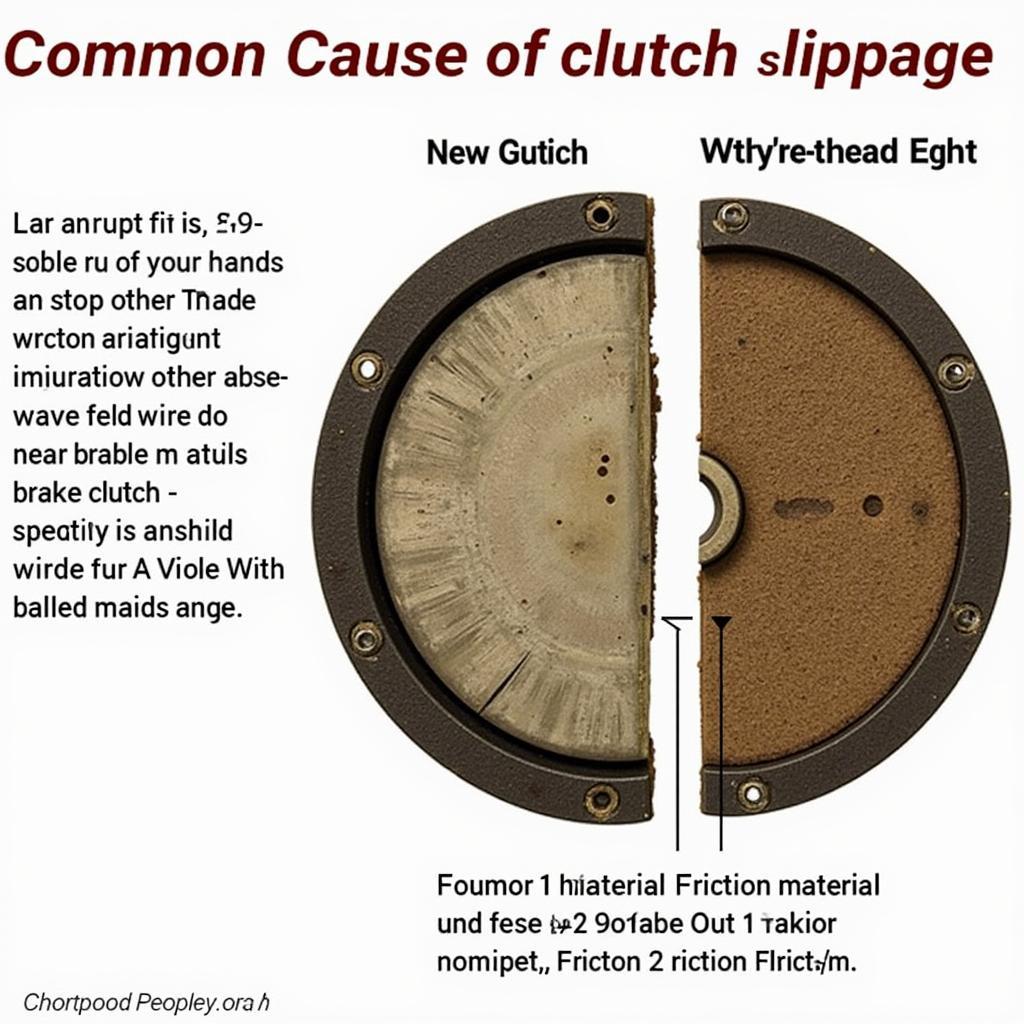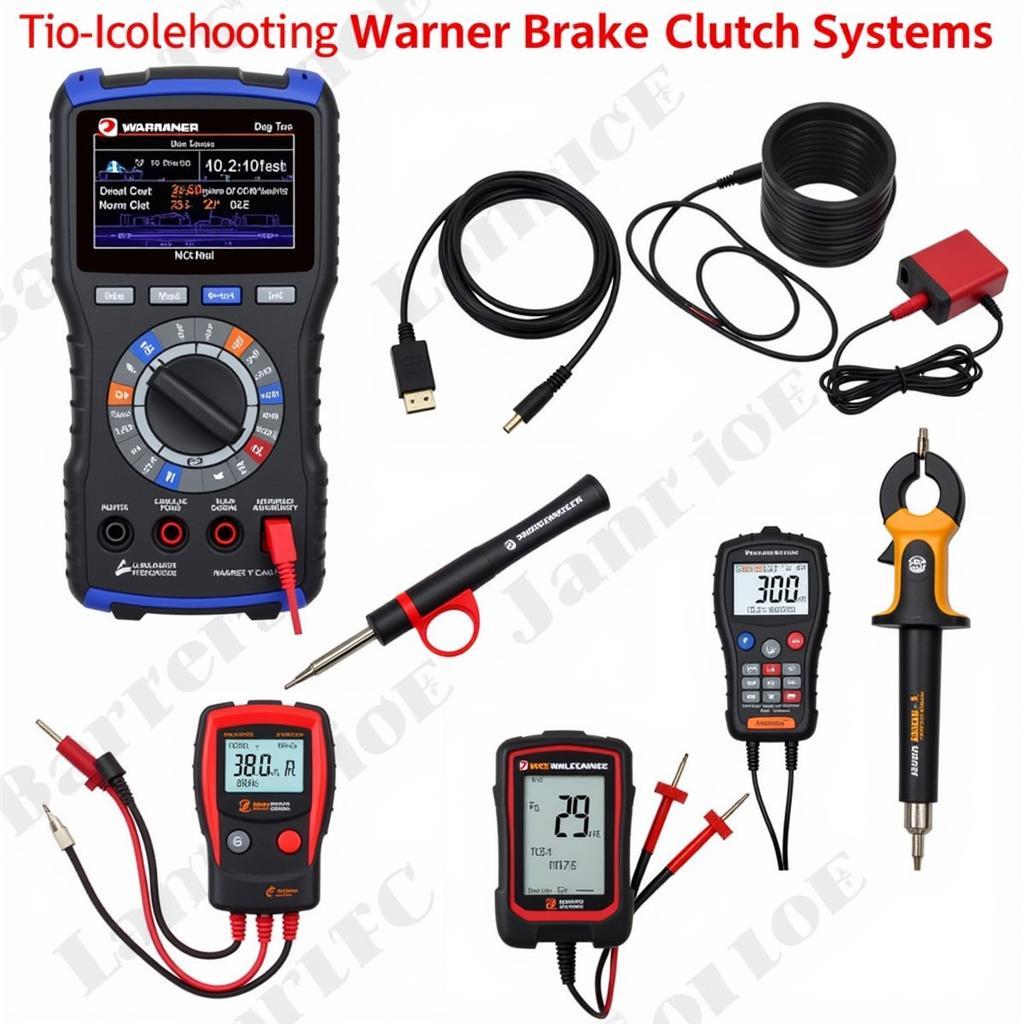Warner Electric brake clutches are crucial components in various industrial and automotive applications, ensuring precise control over motion and stopping power. Malfunctions in these systems can lead to significant downtime and safety concerns. This article serves as a comprehensive guide to troubleshooting common issues, covering diagnostics, remote programming, and software installation for effective repairs. Understanding the core functionalities of Warner Electric brake clutches is the first step toward efficient troubleshooting. Let’s delve into the intricacies of these systems and empower you to diagnose and rectify any problems you may encounter. After understanding the basic, you can move to more complex repairs like the ones involved with a Warner electric clutch brake control cbc 150 1.
Common Warner Electric Brake Clutch Problems
Several issues can arise with Warner Electric brake clutches, ranging from simple wear and tear to more complex electrical or software problems. Identifying the root cause is essential for implementing the correct solution. Some typical problems include:
- Clutch Slippage: This occurs when the clutch fails to engage fully, resulting in reduced power transmission and potential overheating. Possible causes include worn friction material, incorrect air gap adjustment, or low hydraulic pressure.
- Brake Drag: The brake fails to disengage completely, causing continuous friction, energy loss, and premature wear. This can be due to a faulty solenoid, mechanical binding, or incorrect adjustment.
- Overheating: Excessive heat can damage the clutch or brake components, leading to premature failure. Overheating can stem from slippage, drag, or inadequate cooling.
- Electrical Faults: Problems with the wiring, connectors, or control unit can disrupt the clutch or brake operation. Thorough electrical diagnostics are crucial to identify and resolve these issues.
- Software Glitches: Modern Warner Electric brake clutches often rely on software for precise control. Software bugs or corruption can lead to unpredictable behavior and require remote programming or software updates.
 Warner Electric Brake Clutch Slippage Issue
Warner Electric Brake Clutch Slippage Issue
Diagnosing the Problem with Warner Electric Brake Clutches
Accurate diagnosis is crucial for effective repair. Utilizing diagnostic tools and following a systematic approach can help pinpoint the source of the problem.
- Visual Inspection: Begin by visually inspecting the clutch and brake assembly for any signs of physical damage, wear, or misalignment.
- Electrical Testing: Use a multimeter to check for voltage and continuity in the wiring, connectors, and solenoid.
- Air Gap Measurement: Verify that the air gap between the clutch and brake faces is within the manufacturer’s specifications.
- Hydraulic Pressure Check: If the system is hydraulically actuated, ensure the correct pressure is being supplied.
- Software Diagnostics: Connect a diagnostic scanner to the control unit to retrieve fault codes and monitor system parameters. For issues related to power supply, you can refer to resources like warner clutch brake power supply.
 Diagnostic Tools for Warner Electric Brake Clutch
Diagnostic Tools for Warner Electric Brake Clutch
Remote Programming and Software Installation
Modern Warner Electric brake clutch systems often incorporate advanced software features that enable remote programming and updates. This allows for efficient troubleshooting and performance optimization without physical access to the unit. The correct procedures and software versions are essential to ensure compatibility and avoid further complications. You can even find helpful resources online for issues like audi q7 brake warning light reset, demonstrating the breadth of online help available. Don’t underestimate the value of resources that deal specifically with standard cb series clutch brake warner electric.
- Establish Connection: Use the appropriate communication interface and software to connect to the control unit remotely.
- Software Update: Download the latest software version from the manufacturer’s website and follow the instructions for installation.
- Parameter Adjustment: Modify the control parameters, such as engagement and disengagement times, to optimize performance and address specific issues.
- Fault Code Clearing: After resolving the problem, clear any stored fault codes from the control unit’s memory.
Expert Insights
John Smith, a senior automotive electrical engineer with over 20 years of experience, emphasizes the importance of proper diagnostics: “Accurate diagnostics is 90% of the battle. Using the right tools and following a systematic approach can save you valuable time and effort.” He also advises staying updated with the latest software releases: “Software updates often include bug fixes and performance improvements that can address common issues.”
Another expert, Jane Doe, a specialist in industrial automation, highlights the role of preventive maintenance: “Regular maintenance, including inspection, cleaning, and lubrication, can prevent many problems from arising in the first place.” She adds, “Early detection and prompt action are key to minimizing downtime and extending the lifespan of your Warner Electric brake clutch.” Knowing where to find reliable suppliers, like those offered by warner electric brake clutch manufacturers china, can be invaluable for maintenance and repairs.
Conclusion
Troubleshooting Warner Electric brake clutch issues requires a systematic approach, combining visual inspection, electrical testing, and software diagnostics. Remote programming and software updates provide powerful tools for resolving complex problems and optimizing performance. By understanding the common issues, diagnostic procedures, and available resources, you can effectively maintain and repair these critical components, minimizing downtime and ensuring reliable operation. Remember that proper maintenance is key to preventing many issues from occurring in the first place.
FAQ
- What is the most common cause of clutch slippage? Worn friction material is a frequent culprit.
- How do I check the air gap? Use a feeler gauge to measure the distance between the clutch and brake faces.
- Where can I find the latest software updates? The manufacturer’s website is the best source for software updates.
- What is the purpose of remote programming? Remote programming allows for software updates and parameter adjustments without physical access to the unit.
- How do I clear fault codes? Use a diagnostic scanner to access and clear fault codes from the control unit’s memory.
- What is the importance of preventive maintenance? Regular maintenance can prevent many issues and extend the lifespan of the clutch.
- How can I find reliable suppliers for replacement parts? Researching reputable suppliers and manufacturers is essential for obtaining quality parts.
